Description
In India, we can sell this Amaryllis Lily Red Color (single plant) via online delivery systems to any states including Andhra Pradesh, Arunachal Pradesh, Assam, Bihar, Chhattisgarh, Goa, Gujarat, Haryana, Himachal Pradesh, Jammu & Kashmir, Jharkhand, Karnataka, Kerala, Madhya Pradesh, Maharashtra, Manipur, Meghalaya, Mizoram, Nagaland, Odisha (Orissa), Punjab, Rajasthan, Sikkim, Tamil Nadu, Telangana, Tripura, Uttar Pradesh, Uttarakhand, and West Bengal
The Amaryllis is a striking flowering plant known for its large, trumpet-shaped blooms, and it is particularly stunning in red. Here’s a quick overview of the red Amaryllis Lily:
Features:
- Color: A vibrant, rich red, often with velvety petals that catch light beautifully.
- Shape: The flowers are large, trumpet-shaped, and typically grow in clusters atop a tall, sturdy stalk.
- Blooms: Each stalk can produce 2-5 flowers, and they bloom during late fall to winter, making them a popular choice for holiday decorations.
- Leaves: Long, strap-like green leaves that grow after the flowers.
- Symbolism: Red Amaryllis symbolizes love, passion, and beauty. It’s often associated with festive or romantic occasions.
Caring for a red Amaryllis lily involves attention to its specific needs at each stage of its lifecycle. Here’s a step-by-step guide:
Planting
- Bulb Selection: Choose a healthy, firm bulb. Larger bulbs generally produce more flowers.
- Potting:
- Use a pot with drainage holes, slightly larger than the bulb.
- Plant the bulb so that the top third is above the soil line.
- Use well-draining potting soil, enriched with organic matter.
- Location: Place the pot in a bright location, but avoid direct sunlight initially.
Watering
- After planting, water sparingly until growth appears. Overwatering can cause bulb rot.
- Once growth starts, water when the top inch of soil feels dry, ensuring the pot drains well.
Light and Temperature
- Provide bright, indirect sunlight. A south or west-facing window works well.
- Maintain temperatures between 65–75°F (18–24°C) for optimal growth.
- Rotate the pot occasionally to prevent the stalk from leaning toward the light.
Fertilizing
- Once the leaves or flower stalk appear, feed the plant with a balanced liquid fertilizer (10-10-10 or similar) every 2–3 weeks.
- Stop fertilizing once the flowers fade.
Flower Care
- Support tall flower stalks if they begin to lean.
- Remove spent blooms promptly to prevent seed formation, which drains energy from the bulb.
Post-Bloom Care
- Cut Back the Stalk: After the flowers fade, cut the stalk back to 1–2 inches above the bulb. Keep the leaves intact.
- Grow the Leaves: Allow the leaves to grow and store energy for the next bloom. Keep watering and fertilizing as usual.
Dormancy Preparation
- In late summer or early fall, stop watering and feeding.
- Allow the leaves to wither naturally, then trim them off.
- Store the bulb in a cool (50–60°F or 10–15°C), dark place for 6–8 weeks.
Replanting
- After dormancy, repot the bulb with fresh soil and resume the growth cycle.
Common Issues
- Yellow Leaves: Overwatering or insufficient light.
- No Flowers: The bulb might not have stored enough energy. Ensure proper post-bloom care next time.
- Pests: Watch for spider mites, aphids, or mealybugs. Treat with insecticidal soap or neem oil if needed.
Only logged in customers who have purchased this product may leave a review.

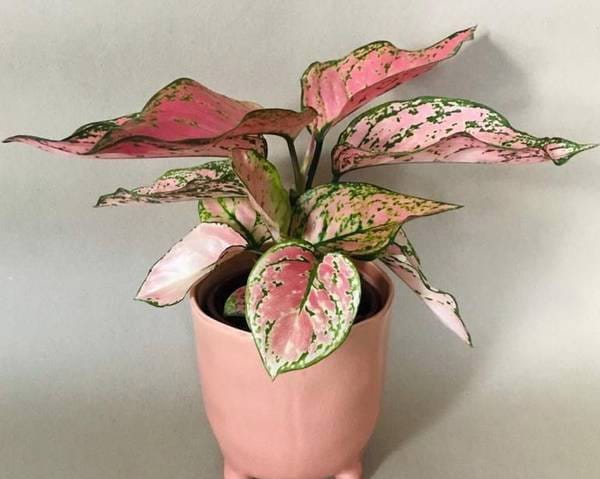
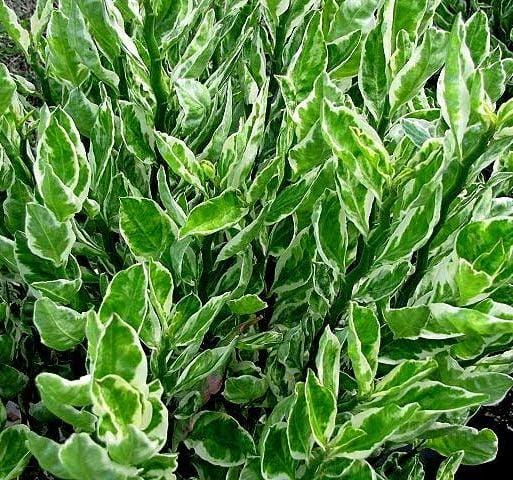
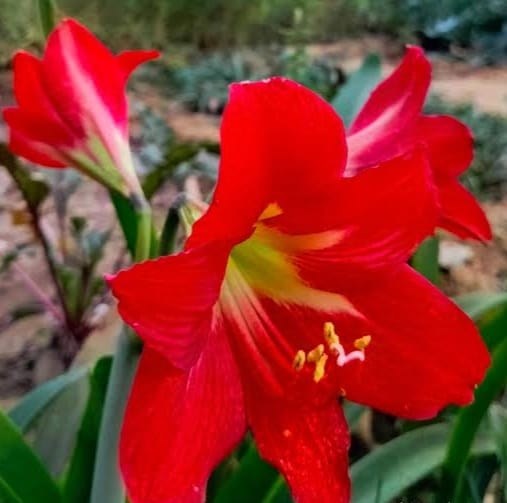
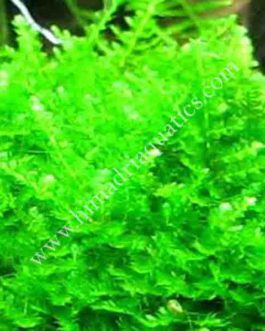

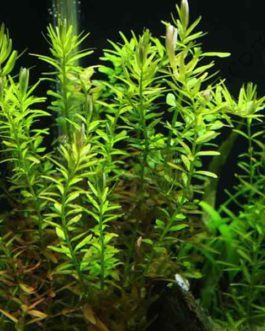
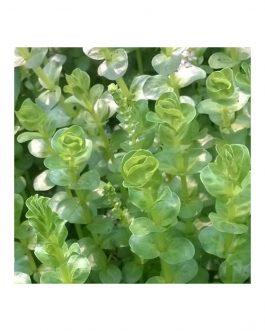
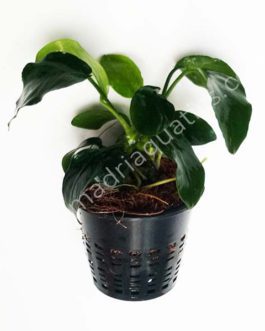
Reviews
There are no reviews yet.